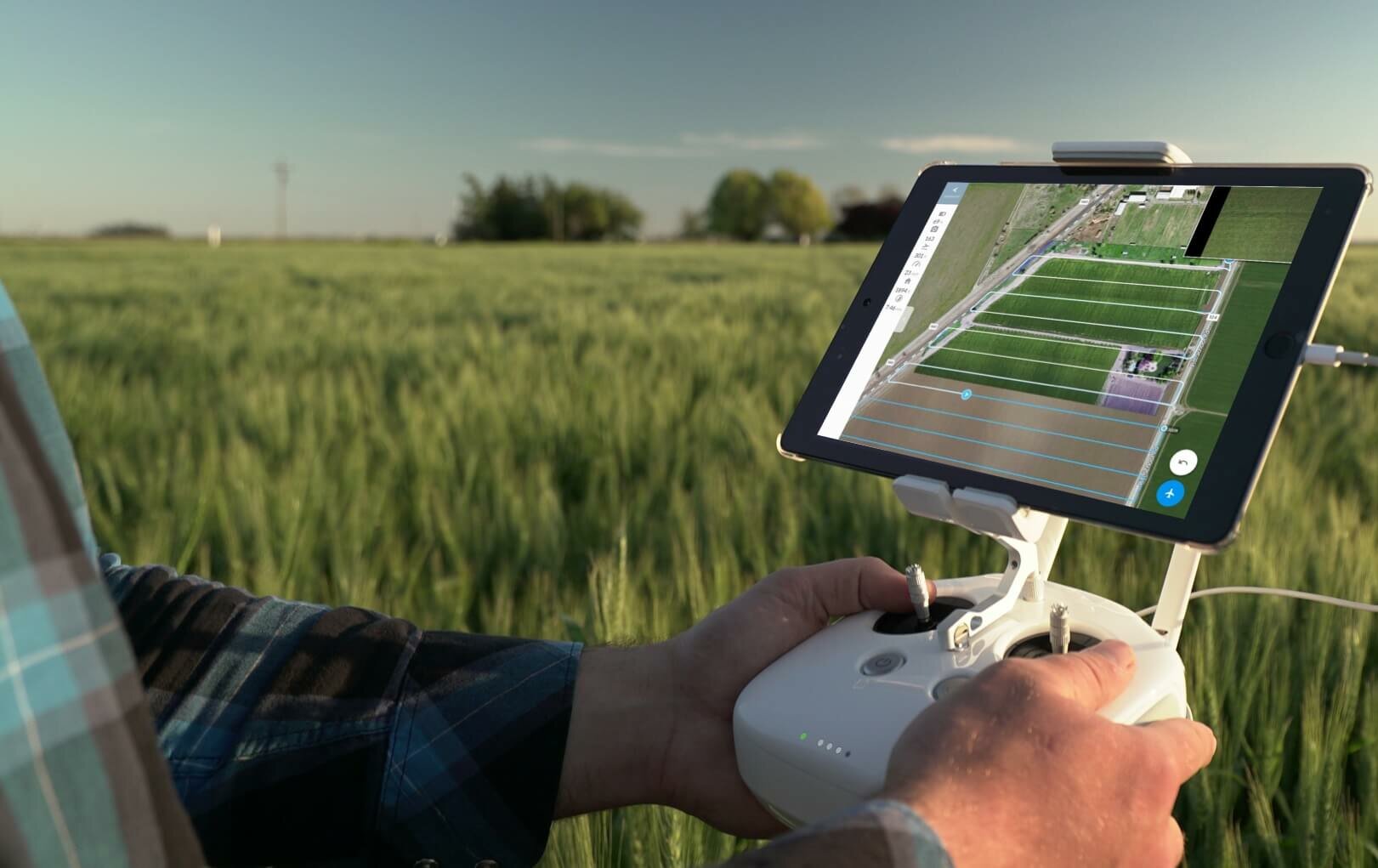The development industry is having a significant transformation, with new solutions paving the method for improved performance and precision throughout project management. Amongst these advancements, drone surveying has come about as a game-changer, revolutionizing how area surveys are conducted and site assessments are performed. The integration of drone technologies into the building workflow not just enhances accuracy yet also streamlines techniques that once got days or weeks to finish.
Even as delve directly into the benefits of using drones regarding surveying, it becomes clear this innovative approach is not just a trend, but a fundamental shift found in how projects will be executed. From delivering high-resolution aerial images to enabling detailed 3D mapping, drones are offering structure professionals tools that will were unimaginable present a few yrs ago. This post will check out the myriad methods drone surveying will be reshaping the panorama of the building industry, highlighting their applications, benefits, as well as the future it pledges.
Benefits associated with Drone Surveying
Drone surveying has opened brand new avenues for reliability and efficiency in the construction industry. By using advanced aerial technological innovation, drones can rapidly capture high-resolution images and data regarding vast areas, permitting more precise sizes and assessments as compared to traditional methods. Typically the integration of drones into surveying techniques reduces human problem, provides a more clear perspective of the terrain, and tidies data collection, thus enhancing overall job quality.
One significant advantage of drone surveying is the less time it offers. Standard surveying methods generally require extensive manpower and time-consuming processes to gather data. Conversely, drones can cover large sites found in a cheaper time, allowing for rapid info acquisition. This productivity translates to more rapidly project timelines and even enables teams to reply more effectively to evolving project requirements, ultimately leading in order to cost savings and improved productivity.

Moreover, drone surveying is especially good for safety in addition to accessibility. Drones could easily access hard-to-reach areas, like steep slopes or unsafe sites, reducing the risk associated with manual surveys. This capability not just protects workers by potential dangers nevertheless also ensures that will no vital region is overlooked in the course of the surveying method. The mixture of lowered risk and enhanced coverage makes drone surveying a significant tool in the construction industry's continuous press toward innovation in addition to excellence.
Applications in Structure
Drones are increasingly starting to be indispensable in typically the construction industry, giving a variety regarding applications that enhance workflow and job management. One popular 2 in property surveying, where drones capture high-resolution aerial images and make accurate topographical routes. This technology significantly reduces the time required for classic surveying methods, permitting faster project ritual and improved planning. With the capability to cover significant areas quickly, drones provide construction groups with precise data that informs design and style and layout judgements.
An additional vital application is within monitoring construction progress. Drones equipped using high-definition cameras in addition to thermal imaging can provide real-time revisions on site conditions, enabling project supervisors to track breakthrough and identify possible delays. This ongoing surveillance not only supports better source allocation but in addition enhances safety by simply allowing managers to be able to spot hazardous conditions before they advance. The continuous move of data ensures that all stakeholders are informed, promoting transparency and venture.
Ultimately, drones play some sort of crucial role throughout site inspections in addition to quality control. Through Drone Surveying Cheltenham of drones to conduct inspections, construction teams can quickly determine structural integrity, discover defects, and ensure compliance with basic safety regulations. The opportunity to accessibility hard-to-reach areas with no scaffolding or ladders means that inspections can be done more efficiently and safely. This impressive approach not only streamlines the assessment process but also adds a part of accuracy of which traditional methods may lack, ultimately primary to higher high quality outcomes in design projects.
Way forward for Drone Technological innovation
While the construction market continues to advance, the future involving drone technology shows up promising with increased capabilities and applications. We can expect to see significant developments in drone devices, automation, and unnatural intelligence, permitting even more precise data selection and analysis. These kinds of improvements is not going to improve the overall precision of surveys but also expand the selection of possible software, making drones the indispensable tool regarding construction professionals.
Additionally, typically the integration of drones with other technologies, for instance Building Details Modeling (BIM) and even Geographic Information Techniques (GIS), will reduces costs of workflows and enhance project collaboration. This kind of synergy will allow real-time data revealing, which will lead to faster decision-making processes and enhanced connection among project stakeholders. As Drone Surveying Cirencester will become more data-driven, the particular reliance on drone technology for surveying and monitoring will certainly only grow.
The regulatory landscape surrounding drone usage is likewise anticipated to mature, introducing the way in which for a lot more widespread adoption. Together with clearer guidelines and standards, construction businesses will feel certain in utilizing drones for various surveying tasks. This blend of technological developments and regulatory assistance will secure drones an everlasting role in the construction business, revolutionizing how assignments are planned, executed, and managed.
